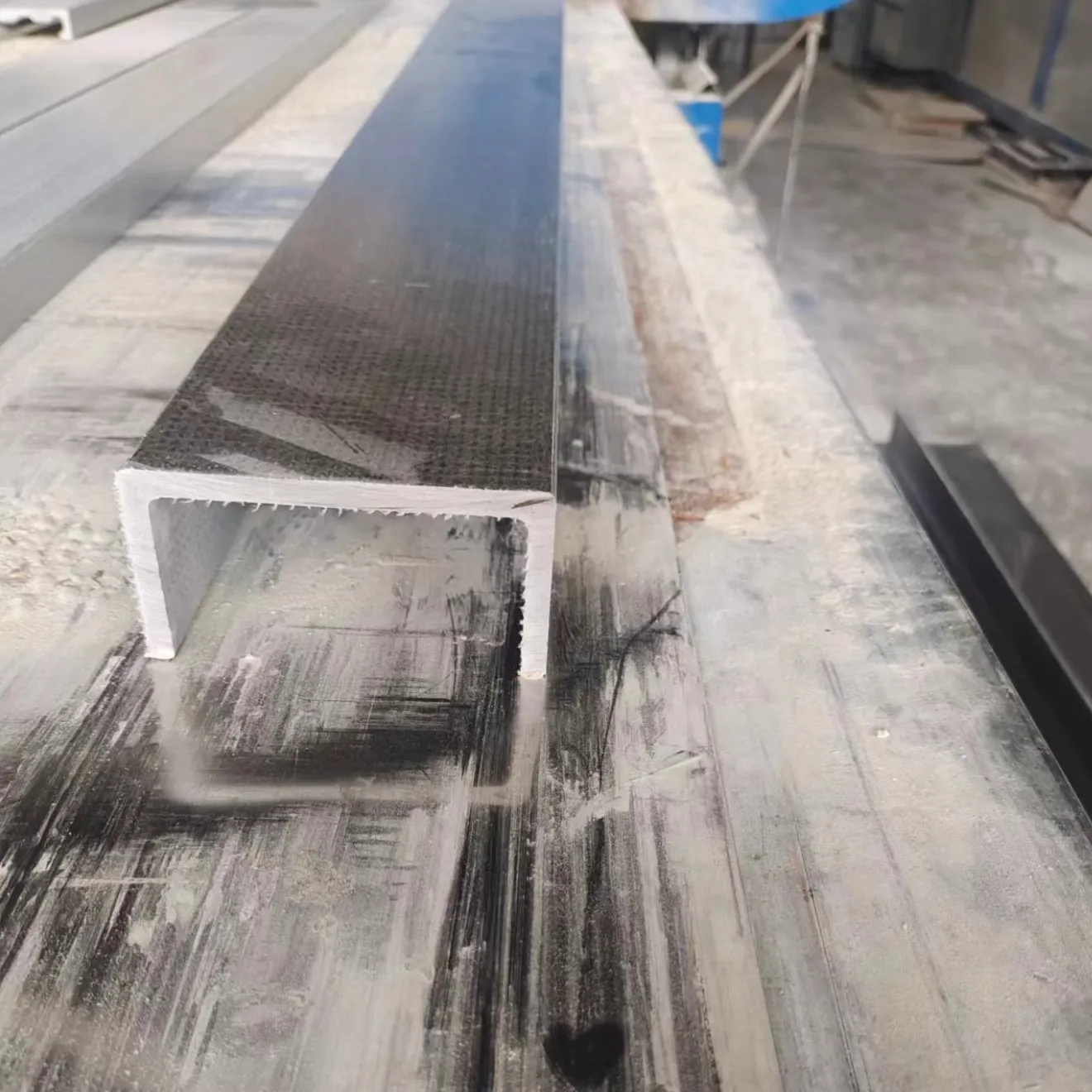loading...
- No. 9, Xingyuan South Street, Dongwaihuan Road, Zaoqiang County, Hengshui, Hebei, China
- admin@zjcomposites.com
- +86 15097380338
- Welcome to visit our website!
Understanding Marine Grating and Its Applications in Nautical Engineering and Design
Exploring Marine Gratings Enhancing Safety and Functionality in Marine Environments
Marine grating plays a crucial role in the safety and functionality of various facilities operating in marine environments. Defined as an opening framework structure designed to provide a stable surface while allowing the passage of water, light, and air, marine gratings can be found in numerous applications, from docks and piers to offshore oil rigs and shipping terminals. This article explores the types, applications, benefits, and maintenance of marine gratings, illustrating their significance in the maritime industry.
Types of Marine Grating
Marine gratings come in various materials and designs, each tailored to specific environmental conditions and requirements. The most common materials used are fiberglass, aluminum, and steel.
1. Fiberglass Reinforced Plastic (FRP) Gratings Known for their lightweight and corrosion-resistant properties, FRP gratings are increasingly popular in marine applications. They do not rust or corrode, making them ideal for saltwater environments. Additionally, FRP gratings provide excellent slip resistance, contributing to safety on slippery surfaces.
2. Aluminum Gratings Lightweight and durable, aluminum gratings are often used in areas where weight is a concern without compromising strength. They are resistant to corrosion and can withstand harsh marine conditions, although regular maintenance is still required to prevent oxidation.
3. Steel Gratings While heavier than their counterparts, steel gratings provide superior strength and load-bearing capacities. They are often treated with protective coatings to enhance their resistance against corrosion, making them suitable for various marine applications, including heavy-duty docks and industrial facilities.
Applications
Marine gratings are used extensively across different sectors within the maritime industry. Some common applications include
marine grating

- Walkways and Platforms Gratings provide safe walkable surfaces in docks, marinas, and offshore platforms, where slip and fall accidents can be a major concern. - Drainage Systems Gratings allow water runoff without obstructing water flow, making them integral to effective drainage systems in marine environments. - Light and Ventilation The open structure of gratings allows for the free passage of light and air, essential for maintaining visibility and preventing heat build-up in enclosed spaces.
Benefits of Marine Gratings
The advantages of marine grating systems are manifold
- Safety The slip-resistant surfaces of marine gratings minimize the risk of accidents, protecting both workers and visitors in marine facilities. - Durability Designed to withstand harsh marine conditions, these gratings have long lifespans, reducing the need for frequent replacements. - Cost-Effectiveness Although the initial investment may be higher than alternative materials, the minimal maintenance required and long-term durability lead to significant cost savings over time.
Maintenance Considerations
Despite their robust nature, marine gratings require regular maintenance to ensure longevity and effectiveness. Regular inspections should be conducted to check for signs of wear, corrosion, or damage, particularly for those made from steel or aluminum. Cleaning to remove algae, sand, and other debris is also essential to maintain optimal slip resistance.
Conclusion
In conclusion, marine gratings are indispensable components of marine infrastructure, combining safety, functionality, and durability in various applications. As maritime activities continue to grow, the importance of implementing effective marine grating systems becomes increasingly evident. By investing in quality marine gratings and adhering to proper maintenance protocols, facilities can enhance safety, reduce hazards, and ensure a reliable footing in challenging marine environments. As we advance into a more environmentally conscious era, the development of innovative and sustainable materials for marine gratings will likely become a focal point for further research and industry advancement.
-
The Rise of FRP Profiles: Strong, Lightweight, and Built to LastNewsJul.14,2025
-
SMC Panel Tanks: A Modern Water Storage Solution for All EnvironmentsNewsJul.14,2025
-
GRP Grating: A Modern Solution for Safe and Durable Access SystemsNewsJul.14,2025
-
Galvanized Steel Water Tanks: Durable, Reliable, and Ready for UseNewsJul.14,2025
-
FRP Mini Mesh Grating: The Safer, Smarter Flooring SolutionNewsJul.14,2025
-
Exploring FRP Vessels: Durable Solutions for Modern Fluid HandlingNewsJul.14,2025
-
GRP Structures: The Future of Lightweight, High-Performance EngineeringNewsJun.20,2025
